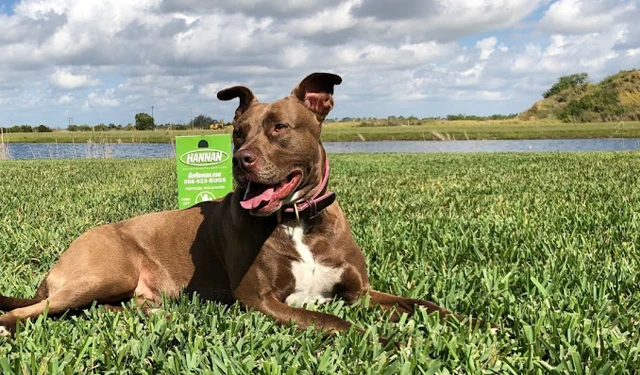Argentine Ant Overview & Quick Facts
Keep ants out of your home or business with
effective identification and control strategies.

A Closer Look at Argentine Ants
Tiny but tenacious, the Argentine ant is one of the world’s most invasive ant species, known for its enormous colonies and aggressive displacement of native ants. Originally from South America, these ants have spread globally, including throughout the southeastern United States, where they often become a nuisance in homes and businesses.
🌎 Where Do Argentine Ants Live?
Argentine ants thrive in:
-
Urban and suburban areas
-
Moist environments like mulch beds, flower pots, wall voids, and irrigation systems
-
Inside homes, especially kitchens, bathrooms, and near water sources
They build shallow nests and move frequently to optimize for food, moisture, and temperature.
🐜 What Do They Look Like?
-
Color: Light to dark brown
-
Size: 2.2 to 2.6 mm (about 1/8 inch)
-
Shape: Slender with a one-node waist and no sting
-
Antennae: 12 segments, no club
-
Known for forming long foraging trails
🏰 Colony Behavior
Argentine ants are highly social and exhibit:
-
Supercolonial behavior — multiple queens and interconnected nests
-
Colonies can stretch over hundreds of miles in some regions
-
No aggression between neighboring nests in the same supercolony
-
Often displace native ant species through sheer numbers and chemical warfare
🍽️ What Do Argentine Ants Eat?
They are omnivorous and prefer:
-
Sugars and sweets (honeydew, syrup, fruits)
-
Grease and protein (meat, pet food)
-
Insects (living and dead)
They farm aphids and scale insects to harvest honeydew, which makes them indirectly damaging to gardens and landscapes.
⚠️ Why Are They Considered Pests?
Argentine ants:
-
Invade homes in massive numbers
-
Contaminate food and surfaces
-
Outcompete and eliminate beneficial native ants
-
Promote the spread of plant-damaging pests (by protecting honeydew producers)
They’re particularly tough to manage because of their colony size, adaptability, and multiple queens.
🧠 Fun Fact!
Argentine ants from different continents (like the U.S., Europe, and Japan) often belong to the same global supercolony — meaning they won’t fight each other even if they’re thousands of miles apart!
Frequently Asked Questions
About Argentine Ants
What are Argentine ants?
Argentine ants are an invasive ant species native to South America that have spread to many parts of the world — including the Southeastern U.S. They are known for forming massive supercolonies and invading homes in large numbers.
What do Argentine ants look like?
-
Color: Light to dark brown
-
Size: About 1/8 inch long (2.2–2.6 mm)
-
Shape: Slender with 12-segmented antennae
-
Stinger: None — they bite, but it’s mild and not harmful
Where are Argentine ants commonly found?
- Outdoors:
– Under rocks, logs, mulch, leaf litter, or near irrigation systems
- Indoors:
– Near sinks, drains, food storage areas, and baseboards
They prefer moist, warm environments and readily move inside during hot, dry, or rainy weather.
Do Argentine ants bite or sting?
-
No sting
-
They can bite, but the bite is not painful or dangerous to humans or pets
What do Argentine ants eat?
-
They are omnivores and love:
-
Sugars and sweets (honeydew, syrup, fruits)
-
Proteins and grease (meats, pet food, kitchen scraps)
-
They tend to farm aphids and scale insects to feed on honeydew
-
Why are Argentine ants a problem?
-
Invade homes in large numbers
-
Contaminate food and kitchen surfaces
-
Outcompete native ants, harming ecosystems
-
Encourage plant pests by protecting aphid populations
Why are they so hard to control?
-
Colonies have multiple queens
-
They form supercolonies — ants from different nests don’t fight each other
-
Nests are shallow, mobile, and well-hidden
-
Traditional treatments may kill workers but not eliminate queens
Struggling with ants in your home, yard, or business? Hannan Environmental Services offers expert ant control and prevention throughout South Florida. Our trained technicians provide safe, effective, and long-lasting solutions to keep your home pest-free. Contact us today for reliable service you can trust! Feel free to also reach out to Hannan Environmental Services on Facebook!

